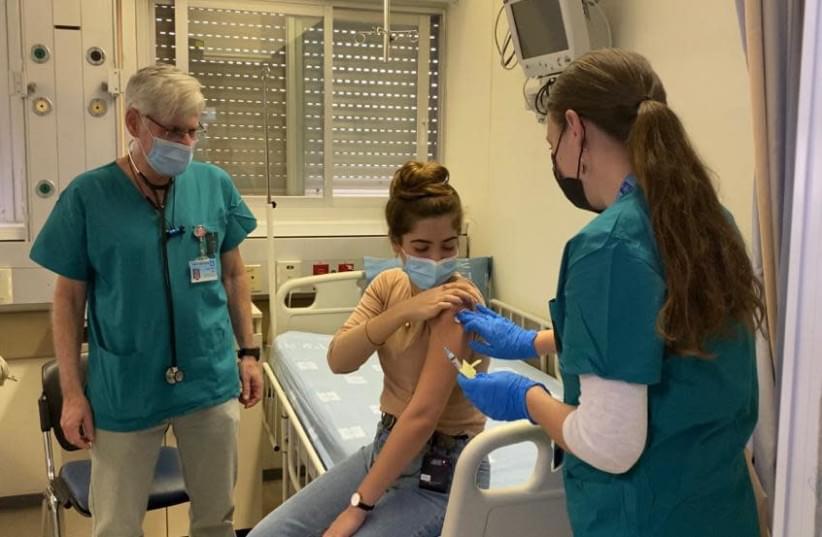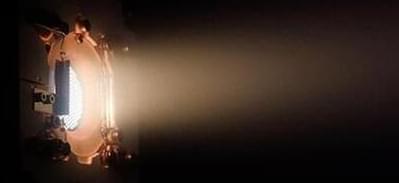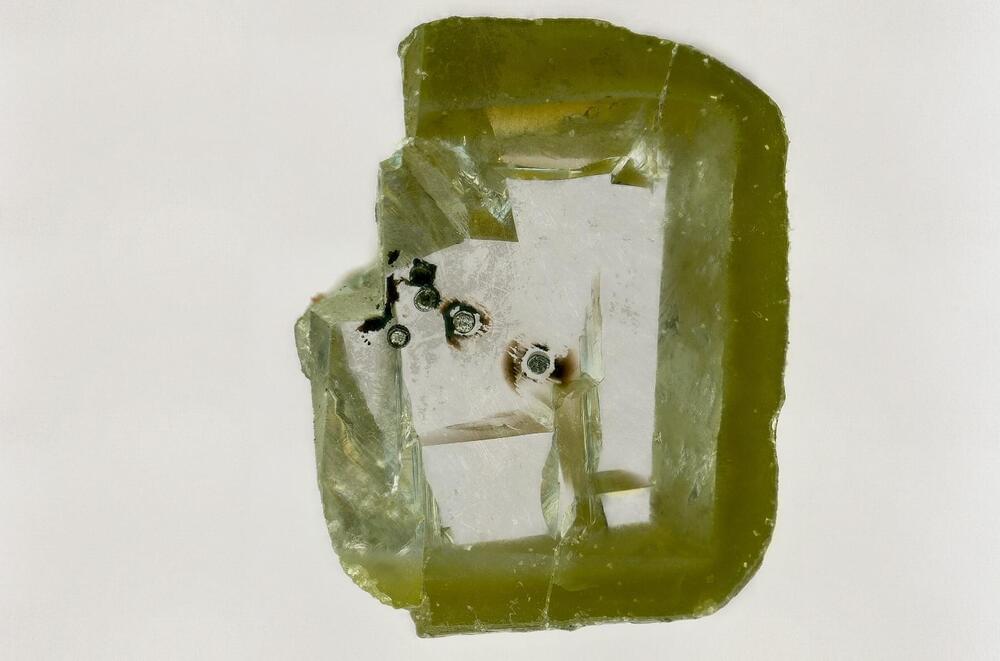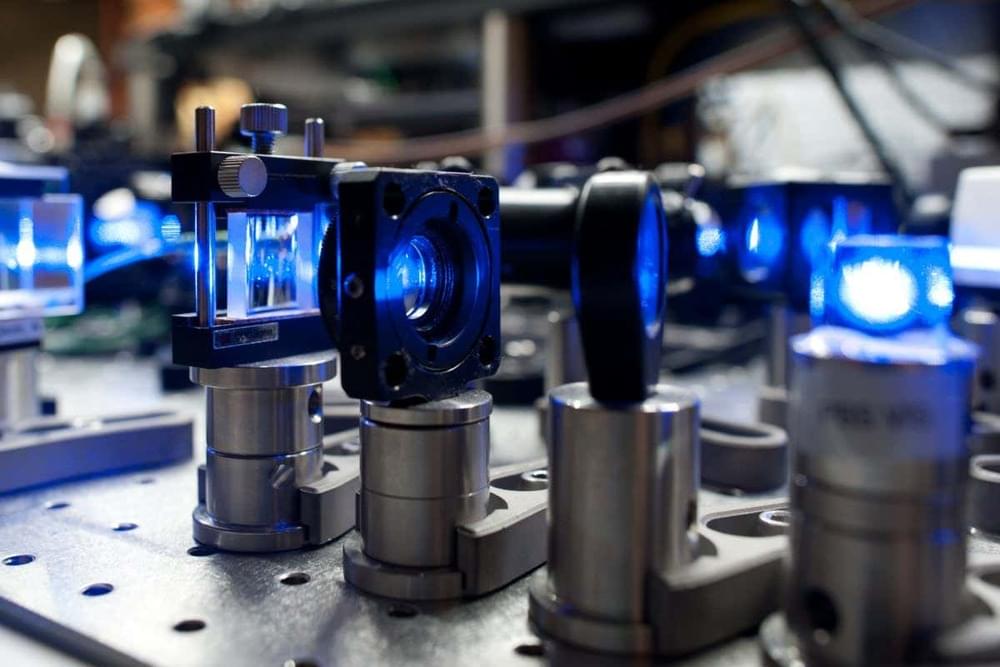“A combination of grassy notes with a tang of acids and a hint of vanilla over an underlying mustiness” is how an international team of chemists describes the unique odor of old books in a study. Poetic, sure, but what causes it?
Books are made up almost entirely of organic materials: paper, ink, glue, fibers. All these materials react to light, heat, moisture, and even each other over the years, and release a number of volatile organic compounds (VOCs). While the blend of compounds released by any one book is dependent on the exact things that went into making it, there’s only so much variation in materials.
The researchers tested 72 books and found some 15 compounds that came up again and again. They were reliable markers for degradation. These include acetic acid, benzaldehyde, butanol, furfural, octanal, methoxyphenyloxime, and other chemicals with funny-sounding names. A book’s smell is also influenced by its environment and materials it encounters over the course of its life (which is why some books have hints of cigarette smoke, others smell a little like coffee, and still others, cat dander).









